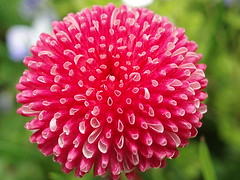 Polona again and Simon for the first time have fallen in love with this country. Even though there were only 17 days, we experienced Peru in its depths. It was just enough time to visit a majority of Polona’s old friends and families and for Simon to see the most popular attractions.
Polona again and Simon for the first time have fallen in love with this country. Even though there were only 17 days, we experienced Peru in its depths. It was just enough time to visit a majority of Polona’s old friends and families and for Simon to see the most popular attractions. According to Polona, the country has changed a bit, since her last stay 5 years ago. Streets are far cleaner now and people less disturbing. Services are better, more personnel speak English. Unfortunately the prices have also gone up, particularly for tourists. However, in general Peru is cheaper than Brazil.
We stayed couple of days in Lima, which didn’t appear as sad, dirty, polluted and dangerous as years before. In contrary, it welcomed us with clean streets, beautifully arranged parks and the most significant change – with the sunshine. It will be difficult to continue arguing that it is one of the ugliest cities in South America.
During the whole trip we willingly tasted variety of delicious Peruvian cuisine. We gastronomically enjoyed all types of food: the one from the coast (sea food mainly), the “criolla” cooking (Andean food) and the international one. Additionally, we tried some fruits not found elsewhere, primarily Polona’s favorite tuna (Opuntia fig / cactus fruit). Polona had been longing for the Peruvian food for such a long timeJ. And on the trip every taste and every smell made her remember her previous stays in this country.
From Lima we headed to Pisco, the city that suffered an earthquake of Richter 8th degree in August, just months ago. It was sad to see the misery that is what is left of the city. Almost 85% of the adobe houses have been damaged or collapsed, and hundreds of people died. It was heartbreaking to meet all those desperate people, living in “temporary” tents. However, there could be noticed a small glimpse of hope in their eyes, since the government has promised to build a new city, made of bricks.
In that area we visited the national park Islas Ballestas, which are some islands rich with marine fauna: sea birds, sea lions and Humobold penguins. The excrement from the sea birds (guayano cormorant), a highly nutritive fertilizer, used to be collected and exported to Europe.
Cusco, the capital of the Incas, has now turned to become our beloved city. Many indigenous people, descendents of Quechuas, who came from the rural places to live to the city, were a great attraction to Simon. They normally wear colorful clothes and speak the quechua language. People, together with the beautiful main square, plentiful Inca ruins, small streets and modest adobe houses make the city of Cusco enchanting. While Simon was exploring the city and its surroundings, Polona was visiting friends, who were all glad to meet after such a long time.
 The peak of the trip was definitely the visit to Machu Picchu, Inca’s sacred place. It has recently become one of the New 7 Wonders of the World. The fact has brought even more tourists, has established an incredible number of tourist facilities and has tripled the prices. We arrived early in the morning to avoid the mass of tourists and be able to get some nice pictures and peacefully enjoy the Inca heritage site. The beautiful weather made our visit even more pleasant, so we could fully enjoy the marvelous historical work of sanctuary in “The Lost City of the Incas”.
The peak of the trip was definitely the visit to Machu Picchu, Inca’s sacred place. It has recently become one of the New 7 Wonders of the World. The fact has brought even more tourists, has established an incredible number of tourist facilities and has tripled the prices. We arrived early in the morning to avoid the mass of tourists and be able to get some nice pictures and peacefully enjoy the Inca heritage site. The beautiful weather made our visit even more pleasant, so we could fully enjoy the marvelous historical work of sanctuary in “The Lost City of the Incas”.
It was difficult to depart from Cusco, but we promised to soon come back. It has grown to our hearts.
 We toured south to Lake Titicaca, to see the Uros population who live on floating islands made of totora reeds. An excellent view was offered from the top of the hilly island Taqule, where majority of people still live like some hundreds years ago (of farming and fishing). The typical scene of men knitting colorful hats has also brought tourism to the island, which has for some local people become the only occupation. This island was also the highest point of our journey, reaching over 4000 m above sea level! It was difficult to hike on this altitude!
We toured south to Lake Titicaca, to see the Uros population who live on floating islands made of totora reeds. An excellent view was offered from the top of the hilly island Taqule, where majority of people still live like some hundreds years ago (of farming and fishing). The typical scene of men knitting colorful hats has also brought tourism to the island, which has for some local people become the only occupation. This island was also the highest point of our journey, reaching over 4000 m above sea level! It was difficult to hike on this altitude!
With a night bus we headed to Arequipa, the most modern Peruvian city. There we visited Majda, Polona’s Slovene friend. Simon went to the Colca canyon to watch Andean condors in their natural habitat. Colca canyon is more than twice as deep as the Grand canyon in the USA, which means it was difficult to get at an angle to actually see the river at the bottom, and the Colca river gives the landscape colorful features. It is home of condors, the biggest flying land birds with a wingspan measuring up to 3 m and weighting up to 15kg. In the Colca canyon the vultures have got used to live close to people, therefore it is easy to spot them flying from a close distance. Simon got lucky to see one a few meters away, when a vulture decided to swoosh past the lowermost watching platform. While no sub-second reaction wide-angle photos could be taken right then, some photos from earlier in the day taken with 12 to 15 times zoom show the beauty of these big birds.
From Arequipa we returned to Lima to do geocaching, eat more cebiche, and finally the good-byes, and then too soon back to Brazil. Even the airport personnel thought we were returning too early, and at first didn’t want to let us fly back to Brasil. With Polonas luck, the bureaucracy lost track of itself and let us through. It was such a nice trip that we wished to have chosen Peru for a longer stay.
The peak of the trip was definitely the visit to
We toured south to





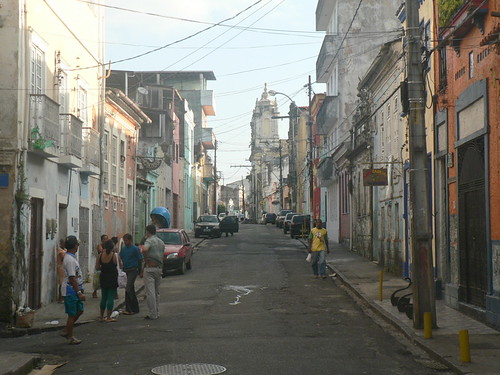

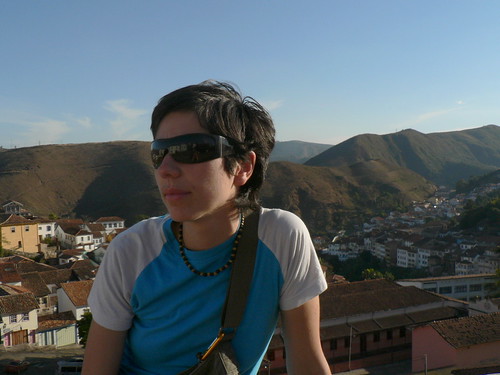
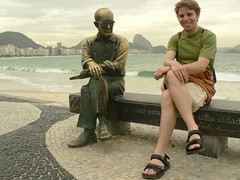
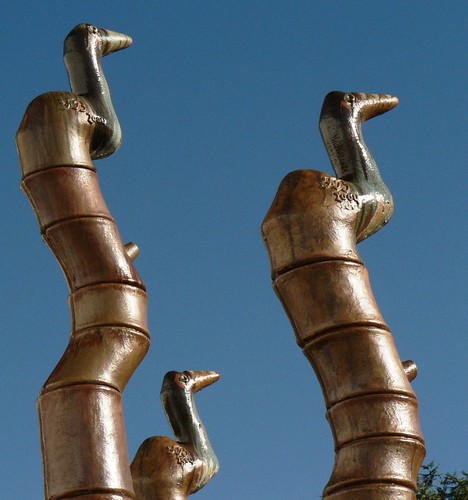
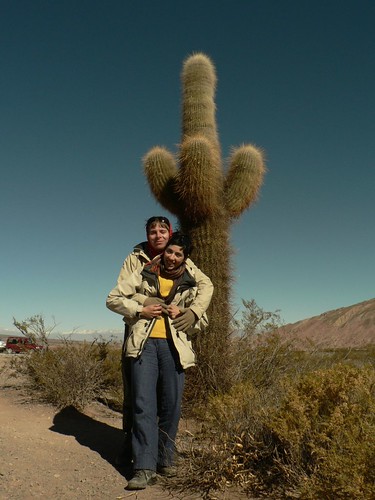
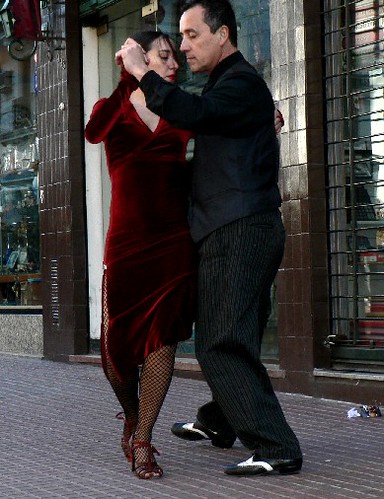

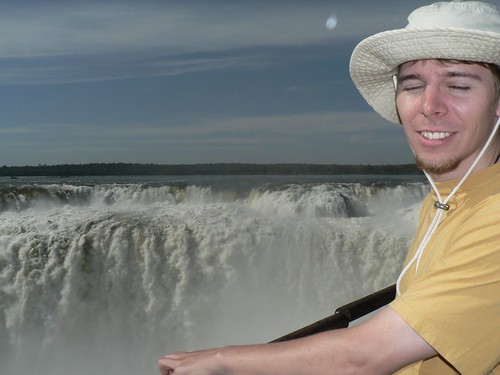
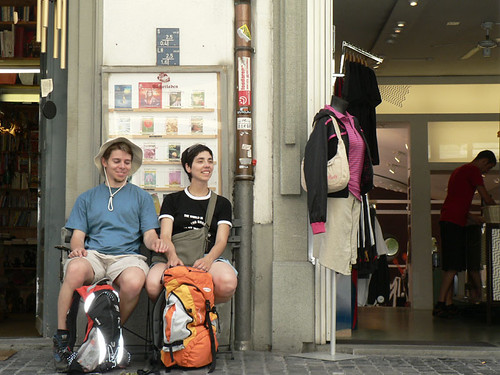
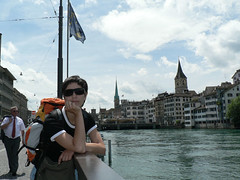
 Včeraj bi morala odleteti. Bi morala in nisva. Do letalisca v Benetkah smo se pravocasno odpravili, vendar 30 km pred ciljem naleteli na 6-urni zastoj. Zaradi nesrece na avtocesti. Mende se je razlila cisterna z nevarnimi kemikalijami. In nesposobni Italijani niso uredili obvoza, ne obvescanja. Enostavno samo v guzvo smo se pripeljali. Ceprav sva tri ure zavzeto poskusala pesaciti, štopati in potrpezljivo cakati, nama na koncu ni uspelo priti pravocaso. Na letalisce sva prispela, ko je bilo letalo ze na pisti. :((. Kaksno razocaranje!!!! Italijanska neucinkovitost in ingnoranca sta naju dokoncno potrla. Nobenega nadomestnega leta, novih vozovnic; pisarne zaprte, informacije nepopolne. Upanje na odhod v Brazilijo je skoraj utonilo v solzah in obupu.
Včeraj bi morala odleteti. Bi morala in nisva. Do letalisca v Benetkah smo se pravocasno odpravili, vendar 30 km pred ciljem naleteli na 6-urni zastoj. Zaradi nesrece na avtocesti. Mende se je razlila cisterna z nevarnimi kemikalijami. In nesposobni Italijani niso uredili obvoza, ne obvescanja. Enostavno samo v guzvo smo se pripeljali. Ceprav sva tri ure zavzeto poskusala pesaciti, štopati in potrpezljivo cakati, nama na koncu ni uspelo priti pravocaso. Na letalisce sva prispela, ko je bilo letalo ze na pisti. :((. Kaksno razocaranje!!!! Italijanska neucinkovitost in ingnoranca sta naju dokoncno potrla. Nobenega nadomestnega leta, novih vozovnic; pisarne zaprte, informacije nepopolne. Upanje na odhod v Brazilijo je skoraj utonilo v solzah in obupu.